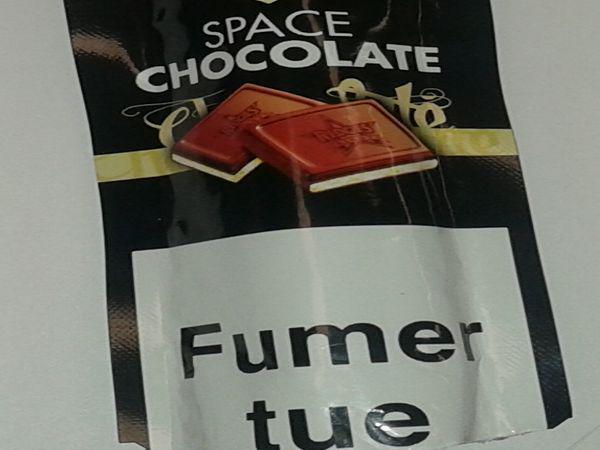


"
Today the French "second home" of the European parliament members only has two indoor smoking areas where the representatives of the people practice their bad habit. A habit that kills around 700 thousands EU citizens every year.
Smoking is otherwise also allowed before the entrance to the ultra modern and luxurious building at the Allee du Printemps, which MEPs use only 3 months per year, as they do most of their work at the European Parliament headquarters in Brussels.
The days of secrecy are over
While smokers are still more or less in hiding, the British member of the socialists and democrats Linda McAvan, has decided to step forward with a reason. "The days of secrecy are over. The truth about tobacco products has seen the light. Up to now people didn't know what was inside cigarettes. They don't only have tobacco in them but a lot of other chemicals," she explained to journalists.
In addition to being the special rapporteur on the negotiations for a new, stricter tobacco directive, a big majority of MEPs also gave her the mandate to negotiate for the further restriction of smoking with EU member states. "I hope to reach a compromise with the Council of Ministers until the end of the year and that the EP will confirm the new directive on tobacco in the coming year. Knowing that the directive then has to be ratified by all the member states, we can expect the new directive to step into force in 2016," is how Linda McAvan explained the timeline for stricter supervision on cigarettes for MMC.
No more rosy cigarette packets
With the passion and fervor rare for a politician, she pulled out a packet of cigarettes and started explaining what MEPs really voted about last week. "This pink colored box isn't make-up, although it looks like it. In here you have a little less than 20 cigarettes. It's really popular among young British females," she said, showing the fashionable box, "designed" for small women's handbags with a tiny hardly visible warning label on the side that smoking is harmful for your health. "This is our main goal: we want tobacco to be less appealing to young smokers. Even though the number of smokers is decreasing, we are seeing an increase in the number of young people smoking flavoured cigarettes," she stressed. Around 70 percent of all smokers begin to smoke before they are 18 years old.
Warnings will be graphic and verbal
According to the proposed new legislation anti-smoking warning labels will be featured on 65 percent of all cigarette packages. There will be a ban on vanilla, chocolate or fruit flavoured cigarettes. A ban is also proposed on additives linked to energy and vitality, such as caffeine, as well on additives that can mislead you into thinking they benefit your health, for example vitamins. The warnings will have to be visible and not hidden as they are now.

































































